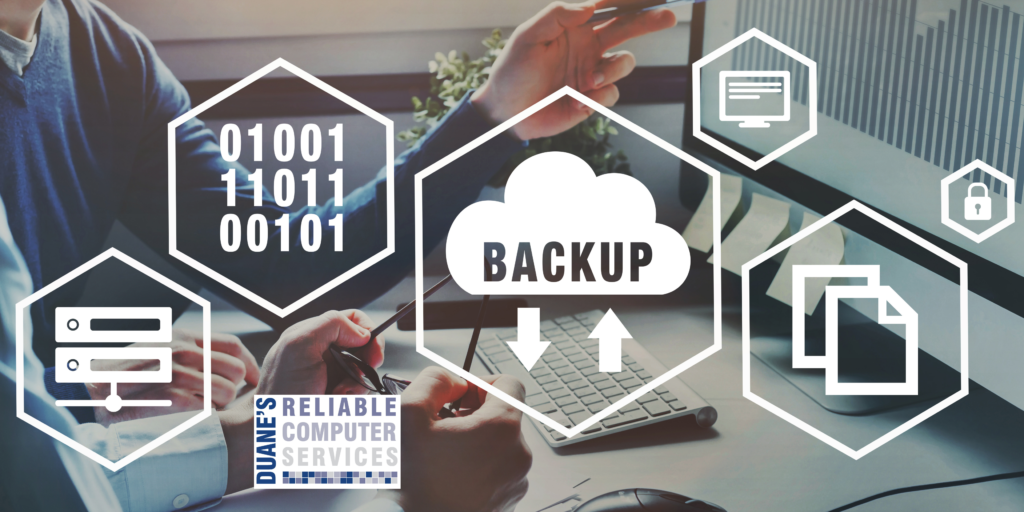
Yes, this is actually a thing. I guess there is a day for everything anymore. March 31st was National Backup Your Computer Day, so I decided to give some insight into what is a backup and what isn’t. Many people use OneDrive, Google Drive, iCloud, and Dropbox and think they have a backup. In one sense this will help you recover your files if your computer dies or is stolen, but it isn’t a true backup. It is a sync.
With a sync, the cloud service keeps an exact copy of your documents and each time you make a change on your device it will change in the cloud. For the most part, this is great except for a couple instances:
- If you have the sync turned on and you delete your computer copy, it will also delete your cloud copy. Years ago, I had a customer that used Dropbox to share documents with employees and she figured this was also a great way to back it up. One day she had to fire an employee that had access to this cloud, so she got the employee’s computer and proceeded to delete the drop box from it. This also deleted all files stored in the cloud version of her Dropbox. Luckily, she figured it out fairly quick and Dropbox was able to help her restore the files. If she had signed out of the drop box on the employee’s computer first, this would not have happened.
- If you get ransomware and it encrypts your file, it will also encrypt your cloud. With a true backup each time there is a change to a file it saves it in addition to the old copy of the file. This can be helpful in catastrophic ransomware issues or if you simply overwrite a file. I got a call one day because a customer could not open any files on his computer. Upon further discussion I learned that when he tried to open a file, he would get a pop up telling him how to purchase the “key” to fix this situation. It would only cost about $800 to purchase the key. He had opened a file that looked like it came from FedEx and it had encrypted his entire computer. Since he was connected to their server, I told him to immediately disconnect from the internet and also to disconnect the server from the internet. When I got to his office, I first checked the server and the virus had already infected about 20% of the files on the server. Luckily, this company had a true backup, and I was able to retrieve all of the infected files. If they were using one of the sync clouds, they would not have been able to recover their files.
When you have a true back up, the process is different. It is a one-way process, not a sync. It also keeps previous versions. It is like putting all of your files in a box and sealing it up and then putting it on a shelf. Then you make a few changes and those get put in another box and also get put on the shelf. The boxes don’t care if you delete a file or change a file the previous boxes are unaffected, but the changes will be in a new box on the shelf. Later on, if there is an issue with a file or many files you can go to a previous box and retrieve the files.
There are also a few kinds of backups. Most work like the cloud services where they charge a certain amount of money for a certain amount of backup storage. If you go over the limit you have to pay more. The one I recommend does it a little different. They charge by the computer, a fixed dollar amount regardless of how much you are backing up. I had a customer with two external drives connected to her computer. They were each 4 TB and my backup didn’t care as long as it was attached to this computer.
Watch this video I made about this:
If you want more information about this backup solution, you can call me or just use this link to get it for yourself.
